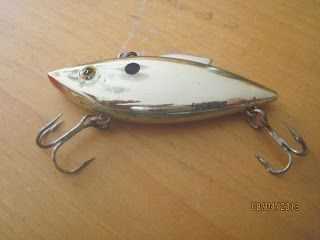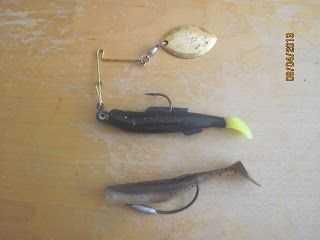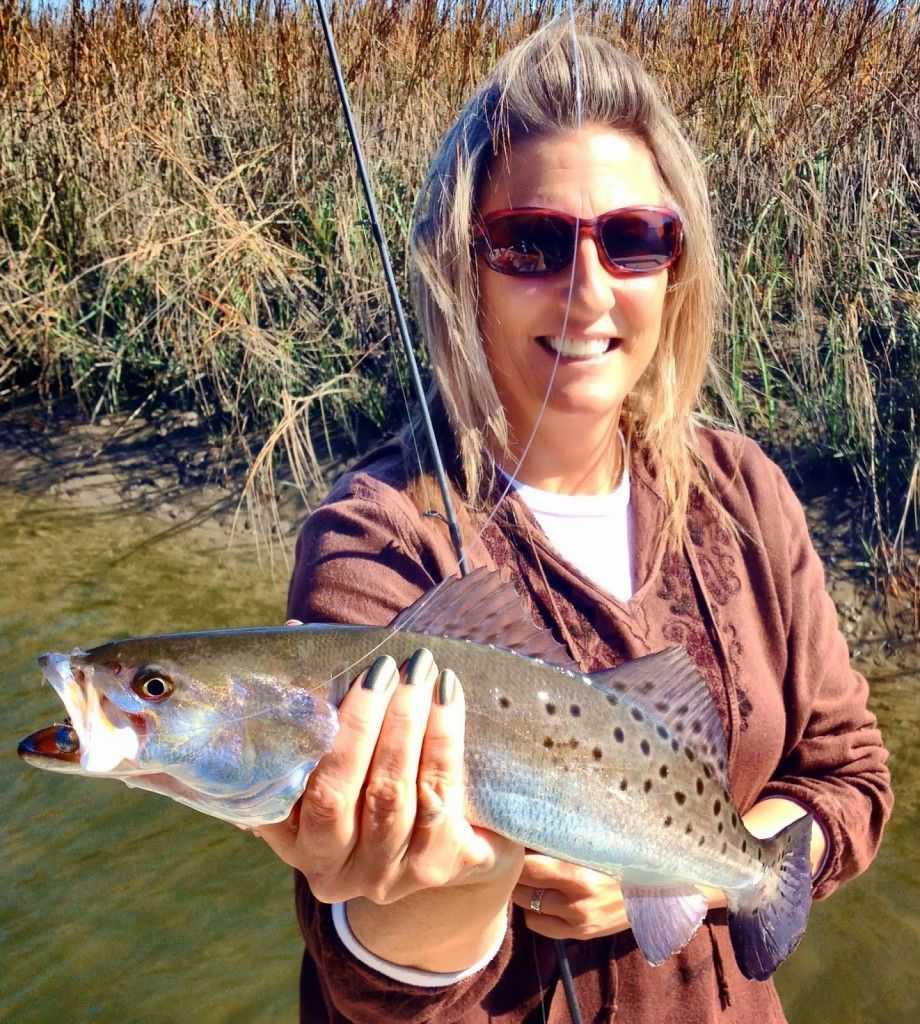By: Tim Cutting
[dropcap]D[/dropcap]ummy lures. That’s the word my old bass-fishing partners use to describe a certain class of lures. These lures simply need to be reeled in steadily to be effective. I’ll give you a few that get eaten pretty good, freshwater or salt, all over the country when the water is warmest.

The Rat-L-Trap has been around for a long time. It was designed to fish at varying depths. Its slow sink rate allows you to “countdown” to the depth you desire. With a sink rate of about 1 foot per second, the angler simply needs to count about one second for every foot until the desired depth is met. One of my favorite ways to fish the “Trap” is on deeper grass flats of about 6 feet. The strikes on this bait are usually aggressive. There’s also a floating Rat-L-Trap that allows the angler to work shallow flats. This lure, while called a floater, actually runs about a foot or so below the surface. It’s a great tool for covering water, as both models cast a mile.
The gold spoon may be one of the most well-known but lesser used baits on the market. It is manufactured widely in size, shape and color. I pretty much have gone solely to the Capt. Mike Hakala Aqua Dream spoon but still keep a few Johnson Silver Minnows on standby. The Aqua Dream spoon comes in some really amazing color patterns to match most forage and water conditions. Both these spoons are weedless and will also cast a mile. They are an awesome tool in grass, timber and weeds.
Another lure that works quite well is the paddle-tail soft plastic. Different versions are made by hundreds of manufacturers. They can be rigged in a variety of ways, both weedless and hooked exposed. Two of the more common presentations are on a jig head or a weighted extra wide gap worm hook. Recently they have been marketed as “swimbaits.” These are good baits in flooded grass and timber.

The spinnerbait also deserves mentioning. This bait is no stranger to bass fishermen, and coastal fishermen are throwing it with huge success as well. While speckled trout, snook, redfish, stripers, bass and many other species will all attack these baits, the spinnerbait has been particularly effective for east-coast anglers targeting flounder and fluke. Over the years, it seems inshore anglers have gone to the single Colorado blade with a soft-plastic paddle tail as the trailer.

While “dummy bait” is pretty harsh language, it’s fairly true. Simply throw the bait and begin a steady retrieve. That said, there are tweaks and techniques that can often trigger more bites. These baits can be “burned,” which is speeding up the retrieve, or “slow-rolled,” which is simply slowing down. Another technique is to “kill” the bait, which is just to stop retrieving and let the bait fall. As a rule, remember how you were working the bait when you got bit. The fish will tell you what they like.
[easy-social-share]
